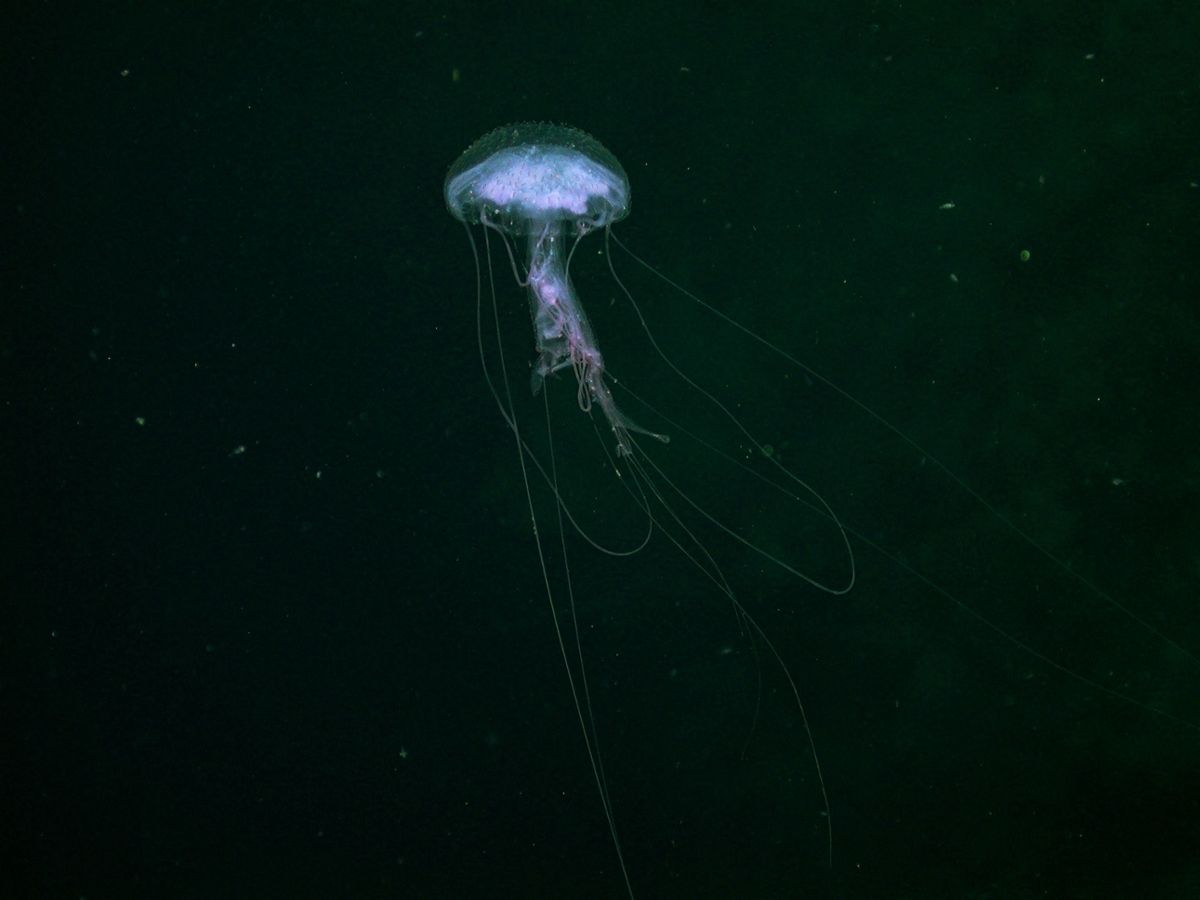Y: Hey, Don, I just got back from a great vacation on the beach. Want to see photos? Here’s one of me collecting seashells; here I am napping; and here, I’m building a sandcastle!
D: That’s great, Yaël, but did you actually go in the water?
Y: What? No way! By some estimations, humans have only explored about five percent of the ocean’s ecosystems. Who knows what could be lurking in those waves?
D: I think that’s the best part about the sea: there’s so much left to learn. For instance, have you heard that scientists have only just started exploring between about six hundred fifty and a thirty-three hundred feet below the surface? They call this the “twilight zone.”
Y: “Twilight zone,” huh? So that means that little to no sunlight reaches those depths. But that just reinforces my point—who knows what’s down there if we can’t see it?
D: Turns out, there’s way more life down there than we once thought! Like fish, squid, crustaceans, jellyfish, and plenty of other mostly tiny creatures. Which is pretty neat, because the animals that live in or travel to the twilight zone do some fascinating things, including using bioluminescence. Plus, they help regulate the climate by absorbing atmospheric carbon from the phytoplankton they eat.
Y: Okay, that’s actually really cool.
D: I forgot to tell you the coolest thing! The twilight zone is home to the world’s most common vertebrate. It’s a fish about the size of your finger, called the “bristlemouth” because its mouth is full of fangs.
Y: That’s terrifying! Thanks, Don. Now I’m really never getting in the ocean again.










